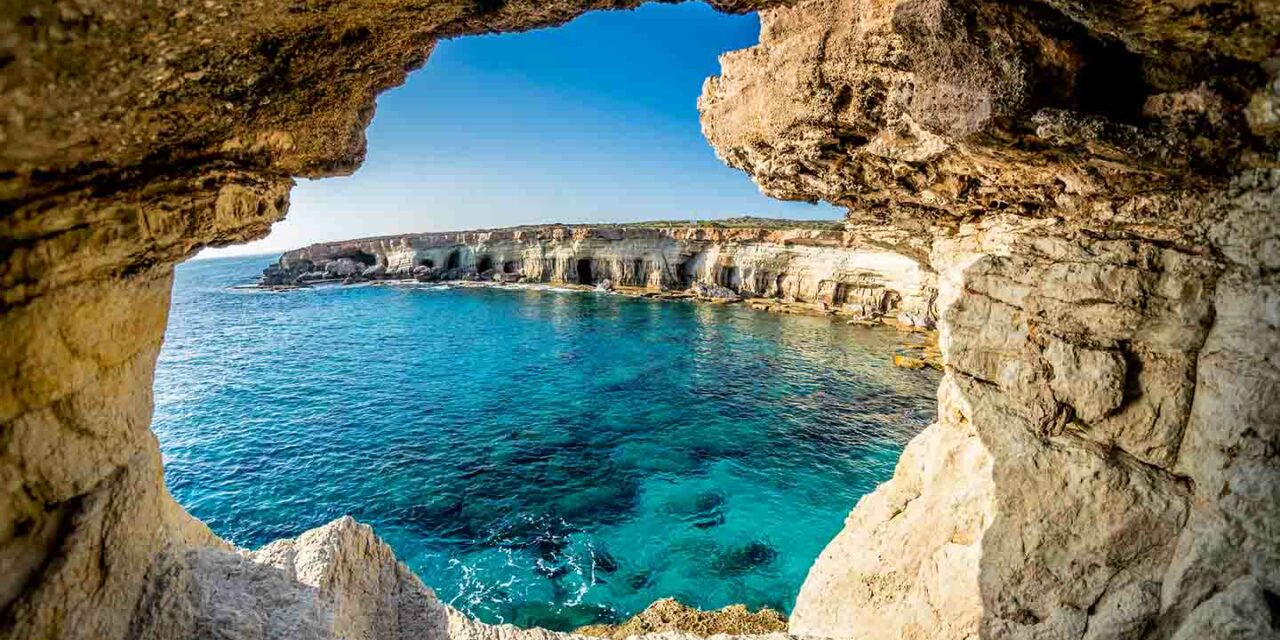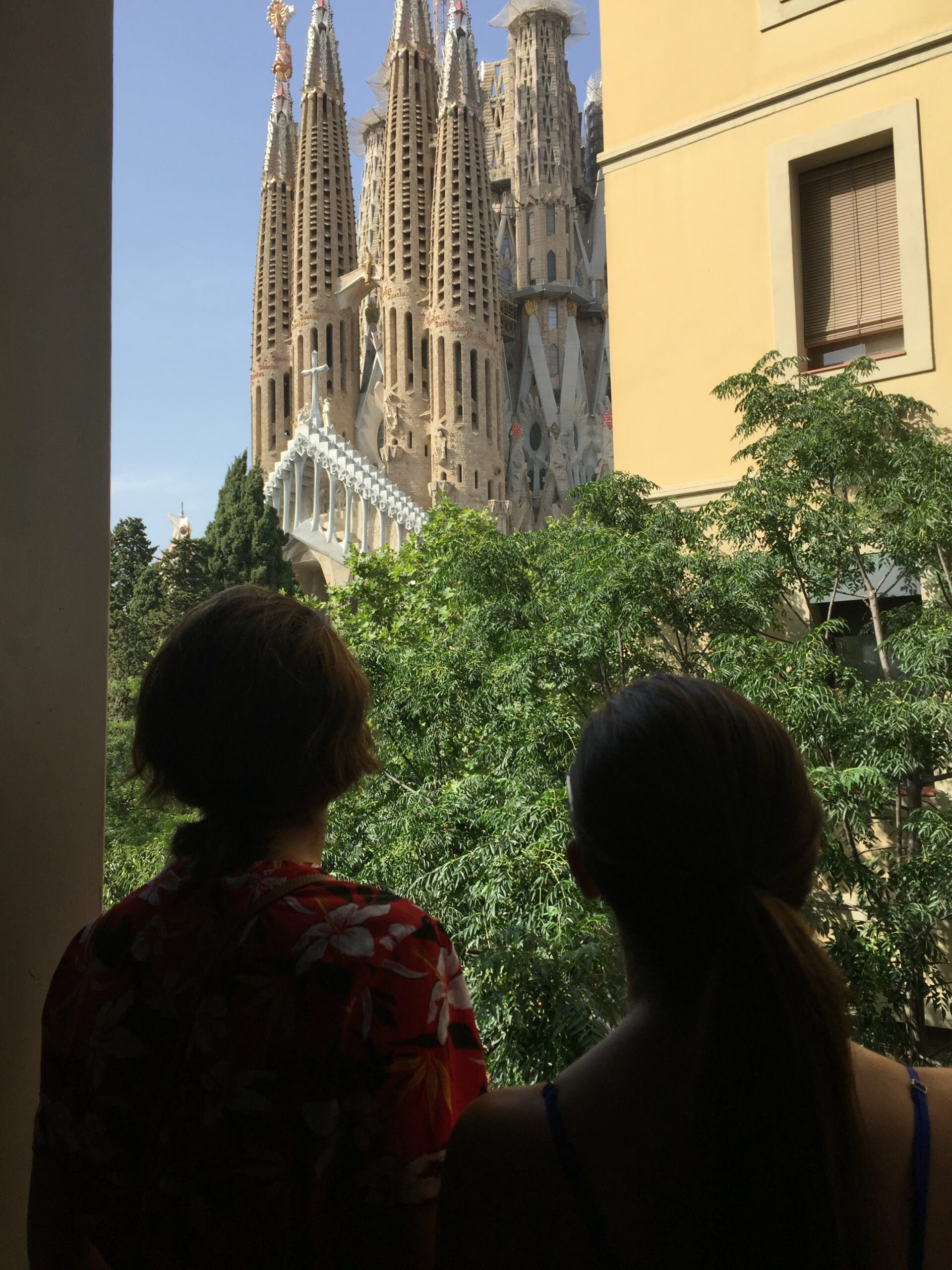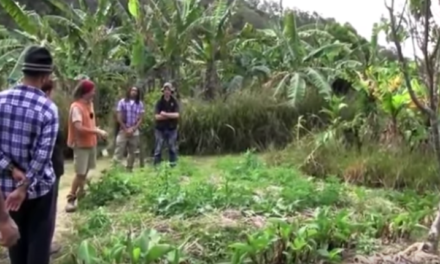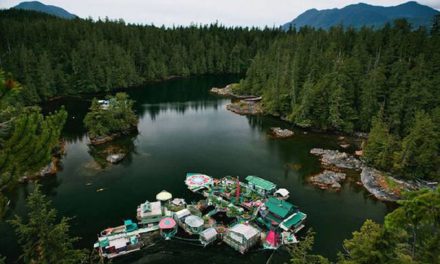Overview
Week 2 of researching the climate change impacts of the countries represented in our international group on social media. The first week we looked at Canada, and if you haven’t read that article yet click here. This week, we are researching the climate change impacts in Cyprus and the sustainability plans/initiatives they have implemented to mitigate these risks.
First of all, Cyprus is BEAUTIFUL. It is an island country and the meeting point in the Mediterreanean for the Middle East and North Africa. Cyprus is known as the “jewel” of the Mediterreanean and is also thought to be the birthplace of Aphrodite, the ancient goddess of beauty and love.
It receives 340 sunny days a year and offers crystal blue coastlines, countrysides with ancient greek temples, pine forests for hiking, and even skiing on the tops of their mountains. Seems like this country has it all!
Researching Cyprus also made me miss the Mediterranean waters and our trip to Barcelona. My family and I stayed right by La Sagrada Familia in a really nice Airbnb and had the best time exploring the city. We took a soft jazz cruise ride through the Mediterranean (not recommended the day you land after a 9 hour flight and time zone change) and drank cava and ate paella. The Van Gough museum is a renovated building of not one but FOUR Spanish castles combined. Park Güell was beautiful and the inside of La Sagrada Familia was simply breathtaking.
The Mediterranean countries are expecting to be hit hard by the impacts of climate change. The extent of these impacts is still unknown due to a lack of research capacity. This gap in research and the 2013 economic crash in Cyprus pushed them to implement many economic and social initiatives aligned with the Sustainable Development Goals (SDGs). This also included addressing some of the environmental issues they were experiencing which were also contributing to the social impacts in their country.
Environmental Concerns in Cyprus:
- Water pollution primarily due to agricultural runoff (~91% of water is used by agriculture) and lack of adequate sewage treatment
- Erosion of the coastlines (impacts tourism which is a huge source of income)
- Wildlife preservation due to expanding urban development
- Uneven rainfall caused by climate change.. By the end of the century, precipitation is expected to continue decreasing in the Mediterranean by 30-40%
Is Cyrpus on the Road to Sustainability?
To address these environmental and social concerns, Cyrpus committed to supporting a few of the Sustainable Development Goals (SDGs) by 2030. Below is their focus listed on the SDG Knowledge Platform:
- Goal 1. End poverty in all its forms everywhere
- Goal 2. End hunger, achieve food security and improved nutrition and promote sustainable agriculture
- Goal 3. Ensure healthy lives and promote well-being for all at all ages
- Goal 5. Achieve gender equality and empower all women and girls
- Goal 9. Build resilient infrastructure, promote inclusive and sustainable industrialization and foster innovation
- Goal 14. Conserve and sustainably use the oceans, seas and marine resources for sustainable development
To understand the impacts of climate change, Cyprus’ president announced a governmental initiative on June 5th, 2019 to create a climate change research center donating 30 million euro to the project. It also won 400,000 euros in EU research money and was in a bid for an additional 15 million euros in EU funding. The goal is to use this research to help create low-carbon strategies by 2050 in the Mediterranean. Cyprus will also use this to develop a greenhouse gas (GHG) reduction plan aligned with the Paris Agreement. The research center will utilize Cyprus’ geographical position and be a high-quality observatory center measuring GHG concentrations.
Another ad-hoc initiative in Cyprus I thought was interesting is called GROW. They install urban rooftops gardens on various island buildings. The goal is to drive awareness of sustainability, food security, and a sense of community and social gathering space. Benefits of having green roofs are flood reduction, building insulation, regulation of urban temperatures, and biodiversity restoration.
I couldn’t find any data from Cyprus’ research facility on climate change, but I think it might be too early for that. I am interested to see what kind of tests and data they find to support mitigating climate change impacts. Overall, I think Cyprus is taking steps in the right direction but are still defining their focus areas and targets for sustainability in their country.











